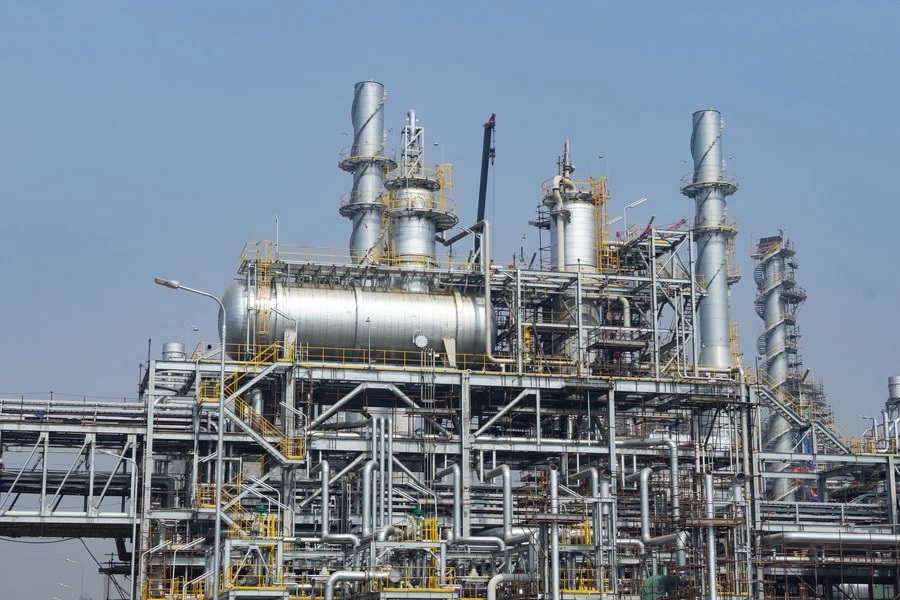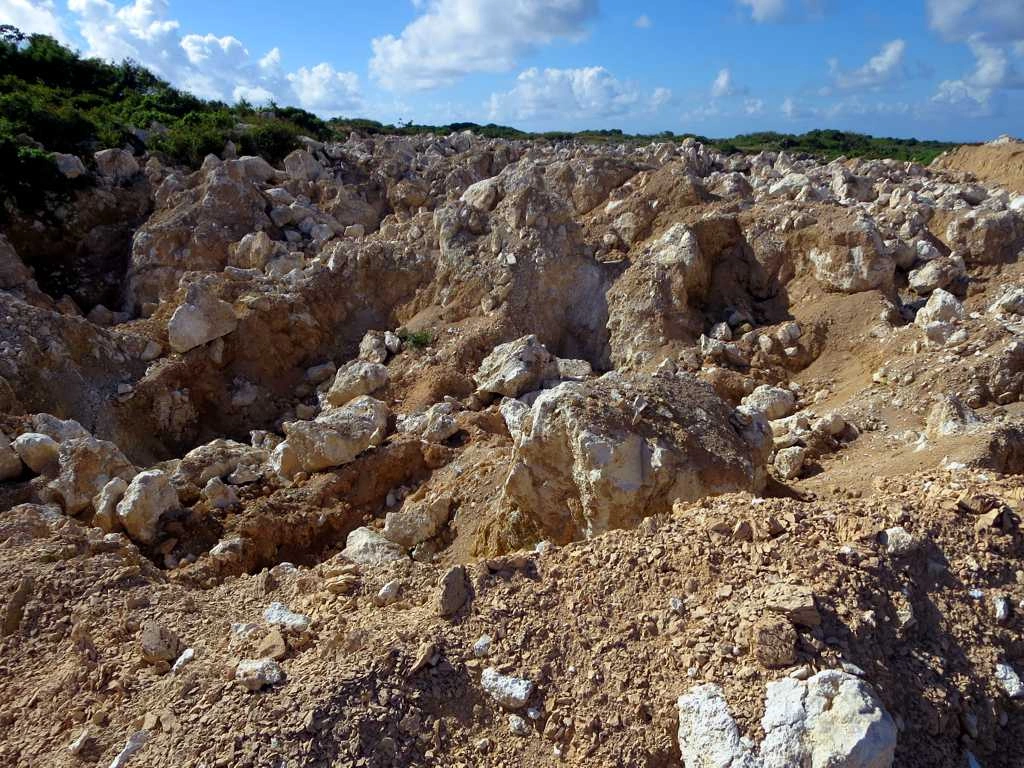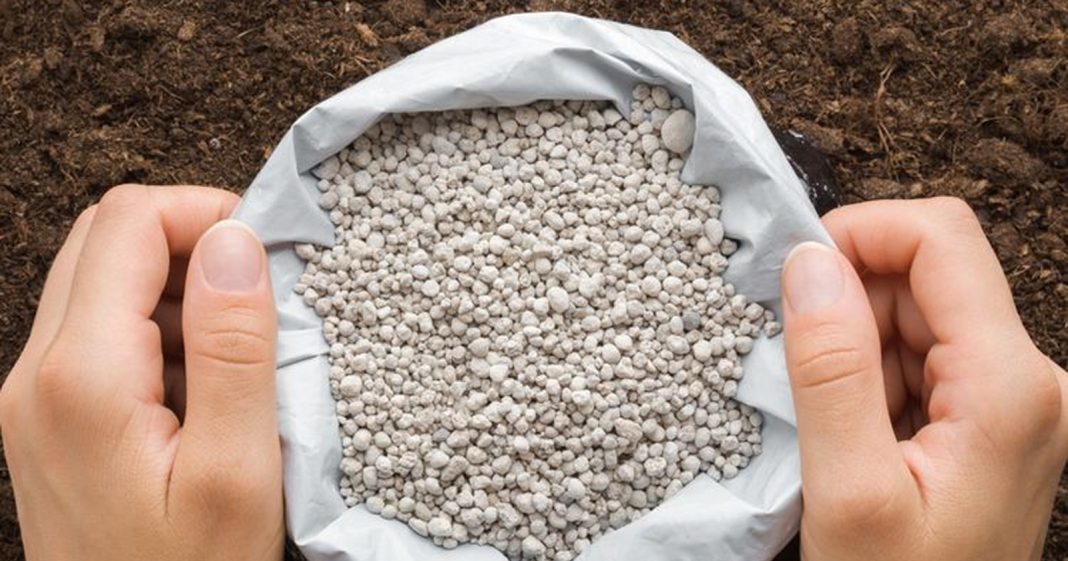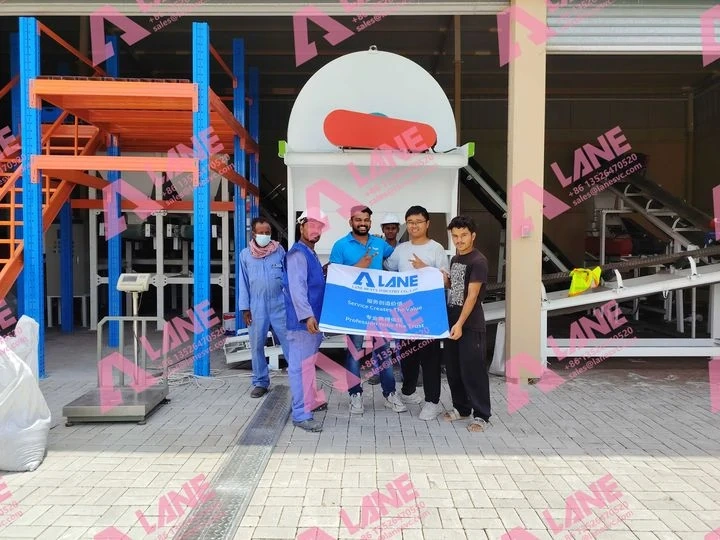8 Essential Preparations for Building an SSP Fertilizer Plant
- 2025-08-14
Building a high-performing Single Super Phosphate (SSP) fertilizer plant requires thorough planning and systematic execution. Understanding the critical essential preparations for building an SSP fertilizer plant can help ensure operational efficiency, consistent product quality, and profitability. At LANE Heavy Industry, we provide not only top-quality SSP production lines but also expert guidance on every stage of plant preparation.
1. Market Analysis and Feasibility
A crucial step in preparations for building an SSP fertilizer plant is analyzing your target market. Assess the local and surrounding regions for fertilizer demand, key crops, and farmers’ usage habits. This insight helps determine production capacity and product specifications. Additionally, competitive analysis is necessary. Investigate existing SSP fertilizer factories, examining their output, pricing, distribution channels, and product quality. Based on these findings, plan your sales channels—whether supplying distributors, cooperatives, or directly to farmers. LANE Heavy Industry’s modular SSP lines can be customized to meet these market demands efficiently, making our systems an ideal solution during the essential preparations for building an SSP fertilizer plant.
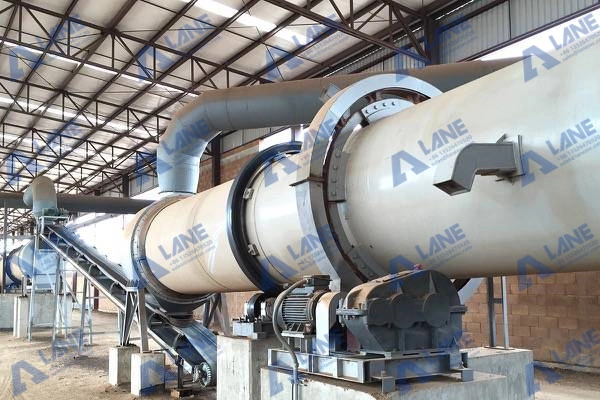
2. Raw Material and Supply Chain Preparation
The quality and consistency of raw materials are pivotal in SSP production. Phosphate rock should contain at least 28% P₂O₅ for optimal efficiency, while industrial-grade sulfuric acid ensures complete acidulation. Additional additives, such as trace elements and water, must be planned in advance. Proper storage facilities are also necessary to prevent moisture absorption, contamination, or spoilage. LANE Heavy Industry integrates advanced material testing systems within our SSP production lines, allowing real-time quality assessment of phosphate rock and sulfuric acid during the preparations for building an SSP fertilizer plant.
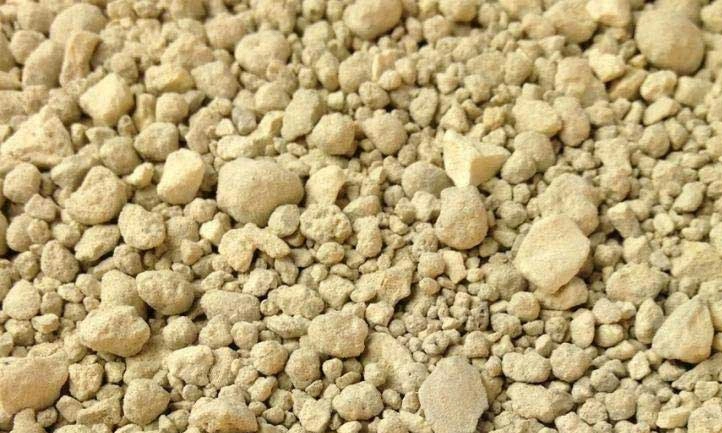
Raw material crushing effect
3. Site Selection and Preparation
Choosing the right location is another key step in essential preparations for building an SSP fertilizer plant. The ideal site is flat, with easy access to transport routes, proximity to raw material sources, and closeness to target markets. Environmental considerations include proper wastewater management, dust collection, noise control, electricity and water availability, and safety exits. LANE Heavy Industry provides guidance on plant layout and space utilization, ensuring that your SSP fertilizer equipment operates optimally while complying with local environmental and safety standards.
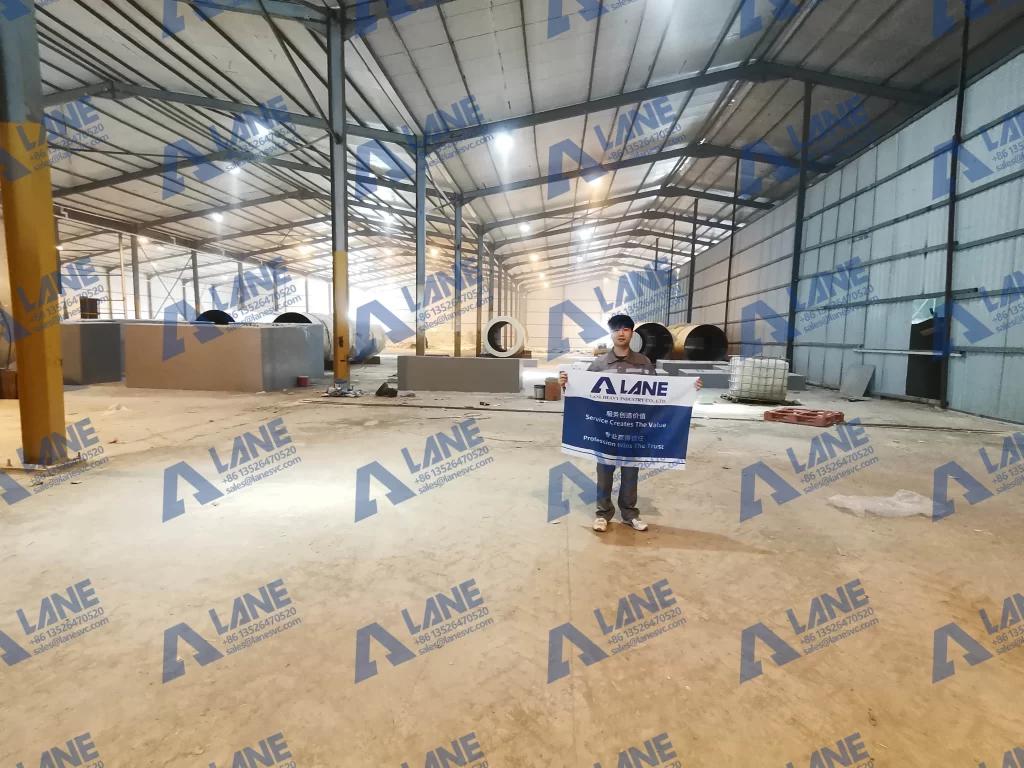
4. Production Line Planning and Equipment Selection
Preparations for building an SSP fertilizer plant must include careful planning of equipment and plant layout. Core machinery includes:
-
Phosphate Rock Crushers – Reduce rock to optimal particle size for acidulation.
-
Reaction & Mixing Tanks – Ensure complete chemical reaction between phosphate rock and sulfuric acid.
-
Granulators – Produce uniform granules for better storage and field application.
-
Dryers – Remove excess moisture to improve shelf life.
-
Screening Equipment – Guarantee size consistency for final product.
-
Packaging Machines – Enable automated delivery-ready packaging.
LANE Heavy Industry specializes in high-efficiency SSP equipment with automated controls, energy-saving designs, and robust construction, supporting the essential preparations for building an SSP fertilizer plant.
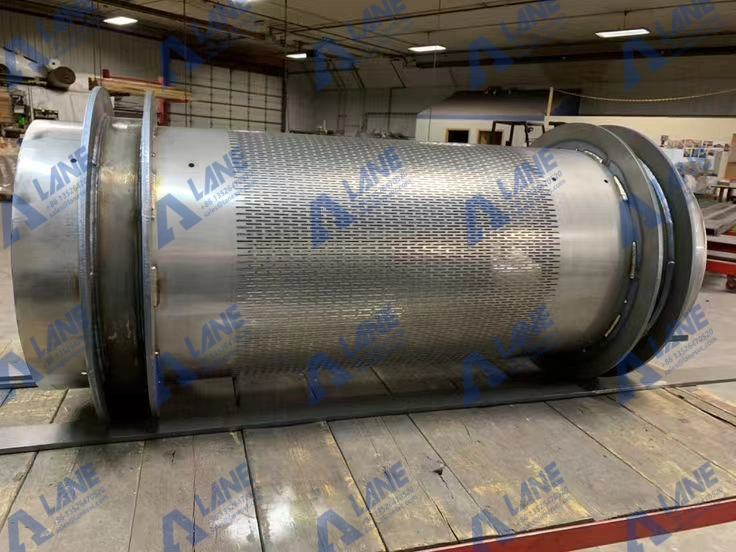
5. Process Design and Optimization
An optimized process enhances production efficiency. Typical workflows include raw material feeding → crushing → acidulation → granulation → drying → screening → packaging. Adjusting key parameters such as sulfuric acid dosage, reaction temperature, granulation moisture, and drying conditions ensures superior product quality. LANE Heavy Industry’s SSP production lines incorporate advanced monitoring systems to maintain precision during preparations for building an SSP fertilizer plant, minimizing errors and maximizing output.
6. Personnel and Management
Staff preparation is vital in essential preparations for building an SSP fertilizer plant. Recruit experienced production supervisors, process engineers, and maintenance personnel. Train operators on equipment use, safety standards, and quality control protocols. LANE Heavy Industry offers on-site training for all SSP equipment, ensuring your team is fully capable of managing the production line efficiently.
7. Investment and Financing
Budget planning is a key element in preparations for building an SSP fertilizer plant. Costs include plant construction, equipment purchase, installation, and commissioning. Additionally, allocate funds for raw materials, labor, transportation, and operational expenses. Financing options may include self-funding, bank loans, or government support. LANE Heavy Industry can advise on cost-effective plant configurations that balance budget with production efficiency.
8. Permits and Legal Compliance
Ensure that all necessary permits are obtained during essential preparations for building an SSP fertilizer plant. These include production licenses, environmental approvals such as EIA and emissions permits, and safety certifications for chemical handling. Compliance guarantees smooth operations and reduces regulatory risks.
Conclusion
Proper preparations for building an SSP fertilizer plant are crucial for long-term success. From market analysis and raw material planning to equipment selection and process optimization, every step contributes to operational efficiency and product quality. LANE Heavy Industry provides advanced SSP production lines, comprehensive fertilizer equipment, and professional support to help manufacturers execute these preparations effectively. By leveraging our expertise, you can establish a modern, reliable, and high-performing SSP fertilizer plant tailored to local agricultural needs.
